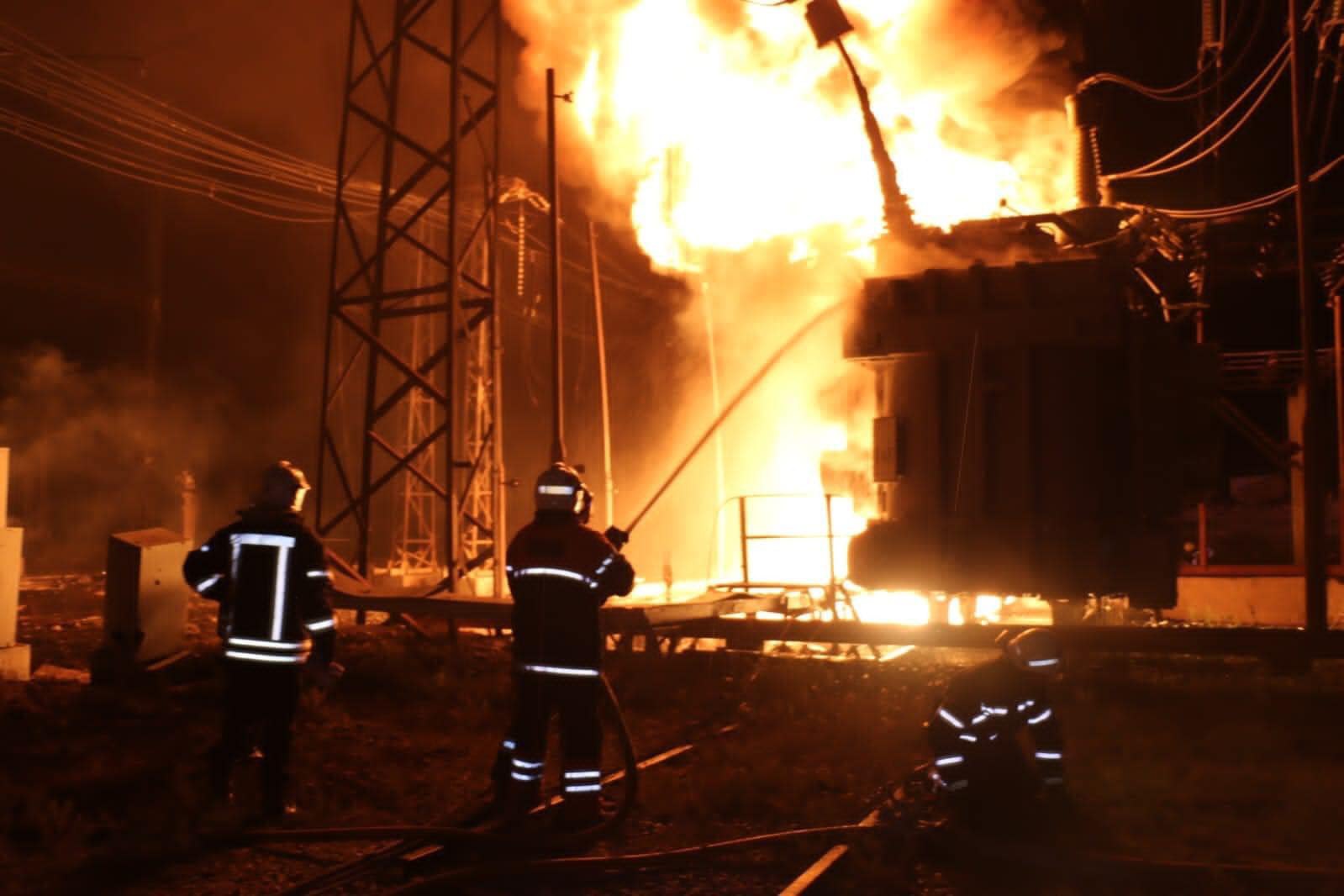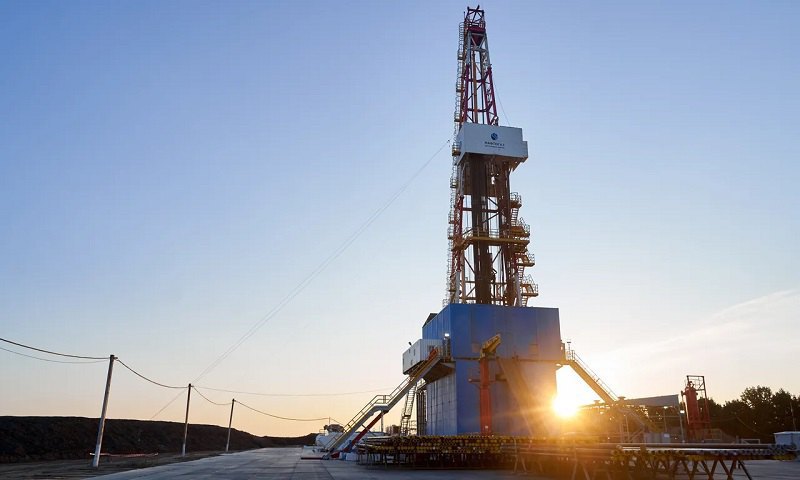
Russia attacks gas production
Since the beginning of the Great War, the Ukrainian energy sector has been a priority target for the Russians. However, while in the early years, Russia primarily targeted electricity generation facilities and high-voltage substations, since 2024, gas infrastructure has become a new key target. At first, the enemy attacked storage infrastructure, and later – facilities that ensure gas production in Ukraine. Russia’s latest attacks targeted facilities in the central and eastern Regions of Ukraine, including Poltava Region, where key gas production facilities are located.
“This is not just an attack on our infrastructure, but an attempt to undermine the country’s energy stability. Our experts are already working on the response and damage assessment. The restoration starts immediately to guarantee uninterrupted gas supply,” said Roman Chumak, interim CEO of Naftogaz of Ukraine.
According to official estimates, Russian attacks in the first quarter of 2025 led to a 40% reduction in daily gas production in Ukraine. Earlier, Bloomberg reported that Russian attacks on gas production facilities in Ukraine had led to the depletion of gas reserves.
“Russian attacks on production in February–March have become the biggest problem for Ukraine’s gas balance and gas market. Specific volumes of production losses are not disclosed. According to Reuters, the losses amounted to 40%, but, according to my information, the volume of production cuts was less,” Mykhaylo Svyshcho, a natural gas market analyst at ExPro Consulting, told Ukrinform.

Before the attacks on the gas infrastructure, Ukraine was producing about 52 million cubic metres of gas per day, which was enough for domestic consumption. Now Ukraine has to increase its gas imports. It is expected that from April 2025 to April 2026, imports will reach a record 5 billion cubic metres, which is significantly higher than in previous years, Reutersreported.
“We could do without imports this heating season, but the attacks on production are forcing us to import gas to compensate for this reduction in domestic production,” a Ukrainian government source told Reuters.
According to Ukraine’s GTS Operator, gas imports began to grow in early February 2025, and since then, volumes have increased almost tenfold to more than 20 million cubic metres per day.
According to the agency’s interlocutors, with the planned imports and domestic gas production, Ukraine will be able to get through the next heating season without imposing restrictions on industry and households. To do this, it is necessary to accumulate about 13 billion cubic metres of gas in storage facilities.
DTEK CEO Maxim Timchenko estimates that 1 to 2 billion cubic metres of gas will have to be purchased to prepare for the next heating season.
Where to get the money to buy gas?
Volodymyr Omelchenko, director of energy issues at the Razumkov Centre, is more pessimistic: the gas shortage in 2025 could reach 3.3–3.9 billion cubic metres.
“In terms of money, this is $1.9–2.2 billion,” he said. “Taking into account the destruction and production cuts, the total deficit could grow to 7.3–7.9 billion cubic metres, which is projected to cost $4.1–4.5 billion.”
In turn, Naftogaz’s Commercial Director Dmytro Abramovich told a meeting of the Verkhovna Rada Committee on Energy, Housing and Utilities that the group plans to import 4.5 bcm of gas for the 2025/2026 heating season.

Under the current gas market model, it will be difficult to cope with the deficit in the gas balance, said Adrian Prokip, energy expert at the Institute for the Future.
“A full-scale war has distorted the gas market in Ukraine, not to mention that it was already distorted by excessive regulation through PSO mechanisms (imposing special obligations on individual companies to subsidise the price of gas for a wide category of consumers),” said Adrian Prokip. “Because today Ukraine has an inefficient model where a significant part of consumers receive gas at artificially low tariffs, while the real cost of imported gas can be 3–4 times higher.”
According to Volodymyr Omelchenko, Naftogaz is forced to supply gas to electricity producers using gas-fired plants at a reduced price of UAH 8,750–13,750 per thousand cubic metres (excluding VAT), while the commercial price is UAH 16,600 per thousand cubic metres (excluding VAT).
“This year, Naftogaz of Ukraine will lose UAH 16–18 billion in subsidies to electricity producers from natural gas. This money would be enough to import 0.7–0.8 billion cubic metres of gas,” he added.
The settlement of debts in the gas market, which, according to Ekonomichna Pravda, exceeds UAH 200 billion, including UAH 90 billion owed by district heating companies, could help find resources for gas purchases.
Could there be rolling gas cut-offs in Ukraine?
Since the beginning of 2025, when Ukraine stopped gas transit from Russia to Europe, Ukrainians have been frightened of massive gas cut-offs. However, as of now, there are no problems with gas supply, Naftogaz assures. In addition, it is technically impossible to introduce rolling gas cut-offs.
Nevertheless, Ukraine needs to step up its efforts to restore damaged infrastructure and diversify gas supplies. International support should play a key role in this process. At the end of March, the Norwegian government announced a €140 million grant to Naftogaz for the purchase of natural gas.
“Secure energy supply is important for Ukraine’s energy sustainability. There is an urgent need to increase funding for gas imports to provide electricity and heating for homes, businesses and public institutions. Norway is making its contribution to meet this need,” said Norwegian Prime Minister Jonas Gahr Støre.
Another €270 million in loans will be provided to Naftogaz by the European Bank for Reconstruction and Development.








